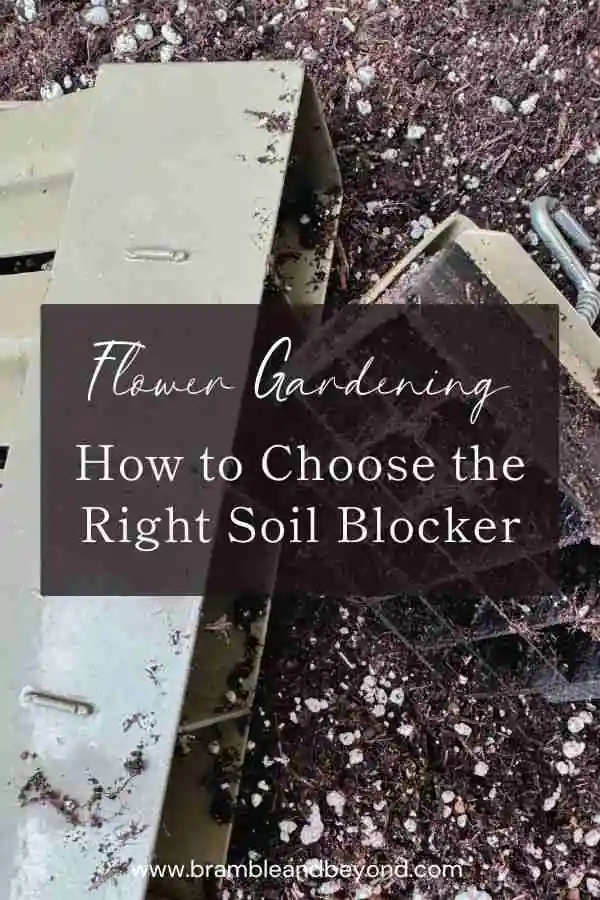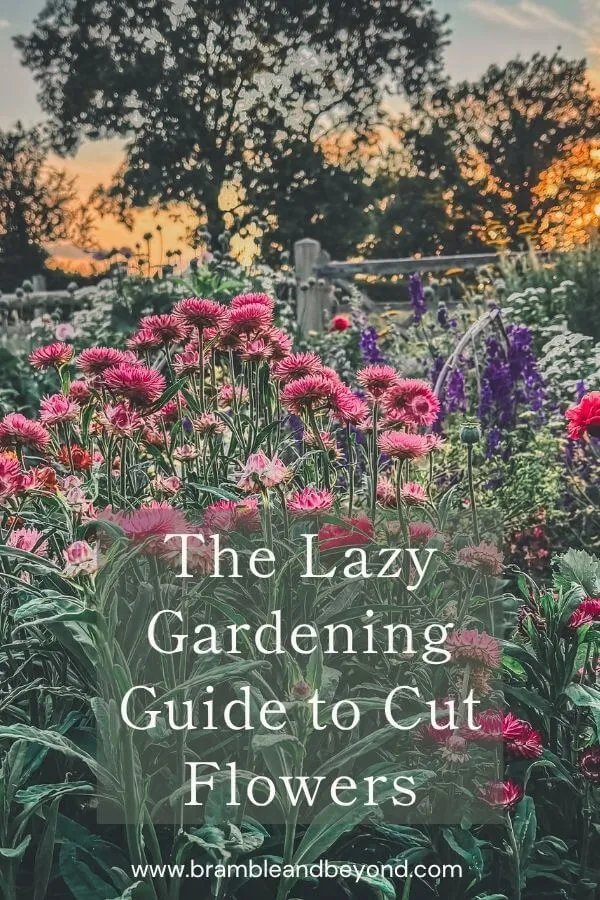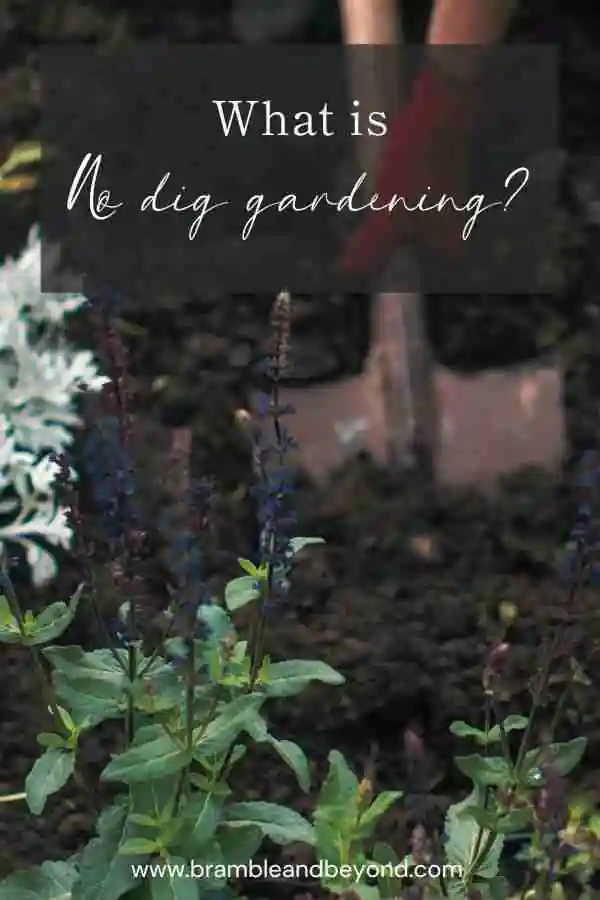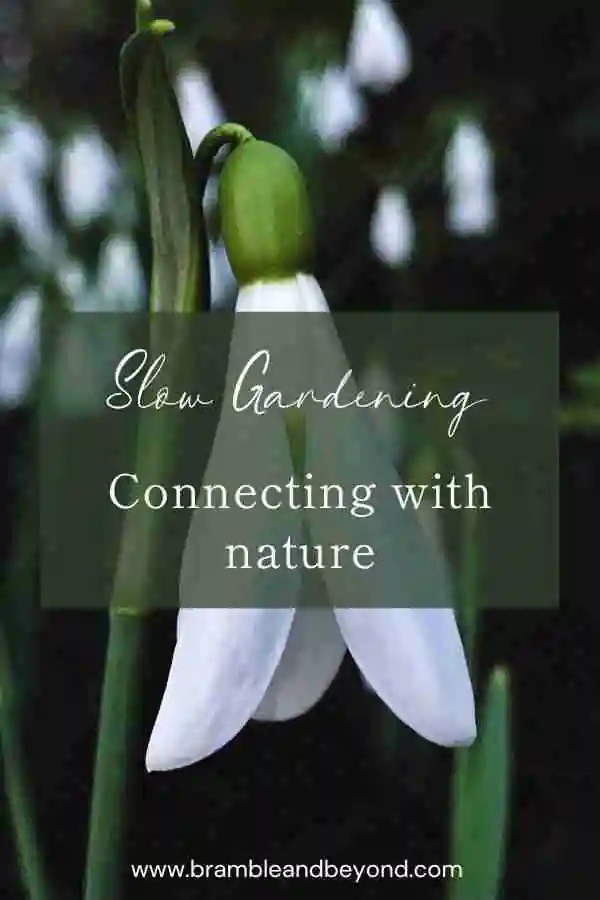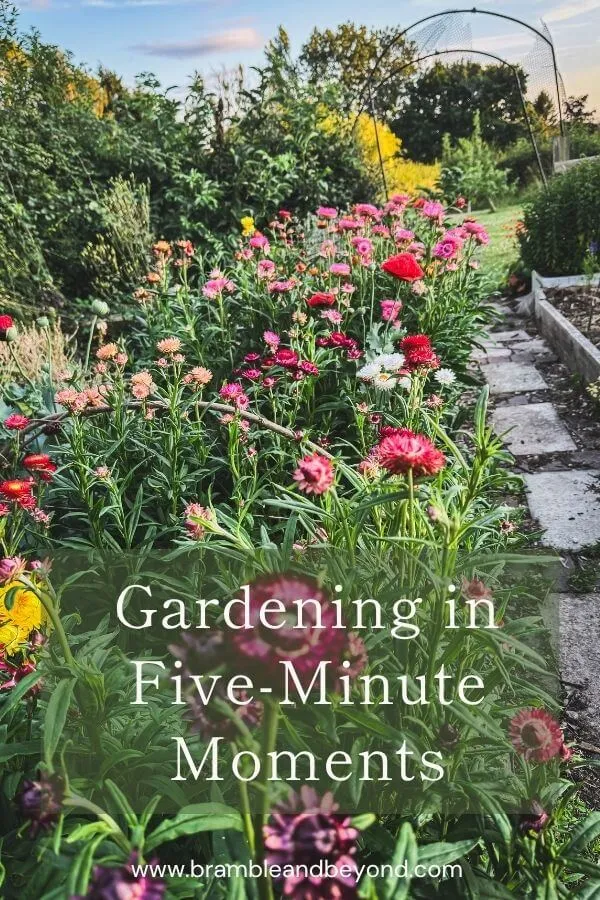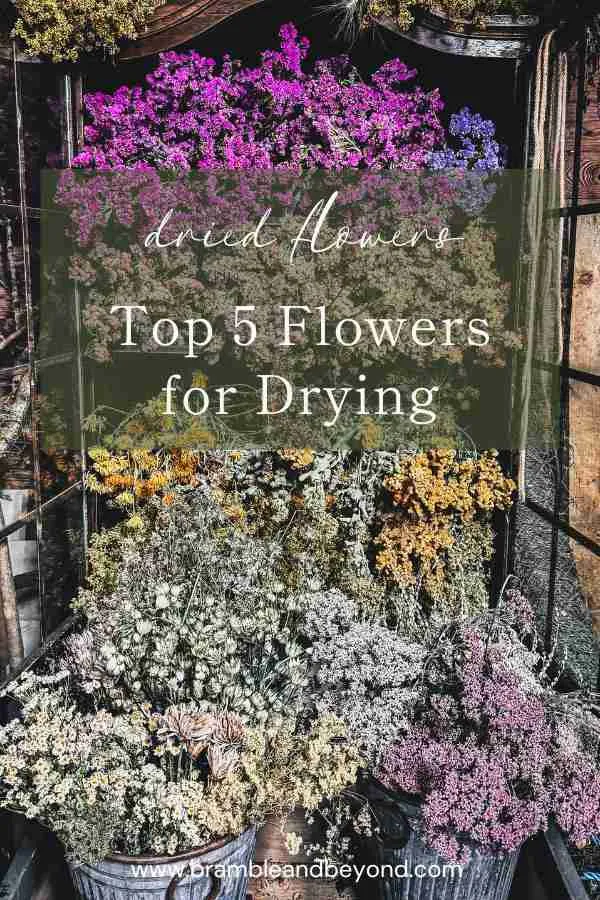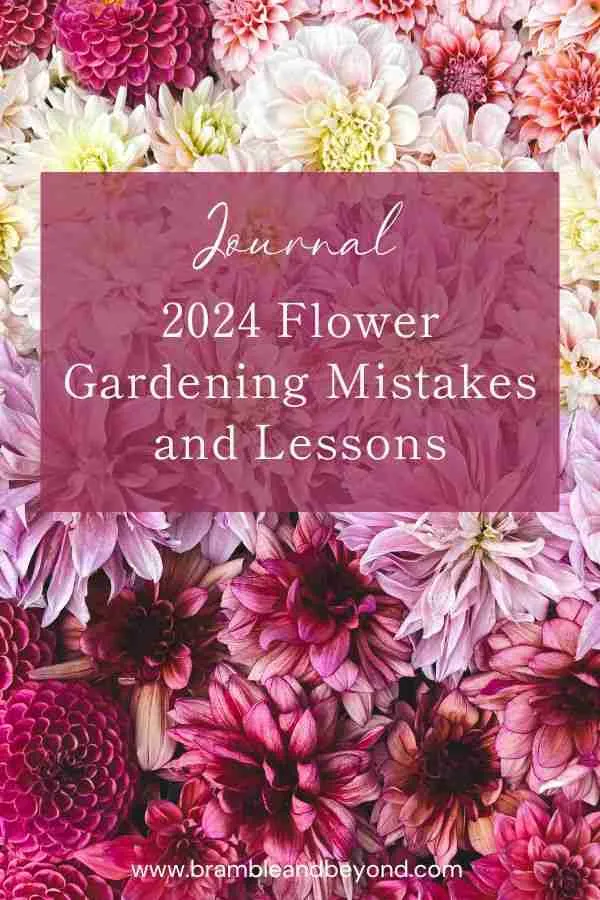Disclosure: This post may contain affiliate links, meaning I get commission if you decide to make a purchase through my links, at no cost to you. Please read my Affiliate Disclosure for more information.
Have you eagerly planted all your seeds only to find they don’t thrive as you’d hoped? Perhaps it’s time to take a closer look at the soil blocker you’re using. Surprisingly, its size can have a significant impact on the growth and development of your plants.
In general, larger soil blockers are better for larger plants with longer rooting systems because they allow more soil volume per plant. Smaller soil blockers, on the other hand, are best suited for smaller plants with shorter roots. Using the right size soil blocker ensures your plants get the appropriate soil and nutrients, allowing them to grow strong and healthy.
In this article, we’ll explore the science behind soil block sizing and share expert tips on how to choose the right size soil block maker for your plants. Plus, we’ll provide you with practical advice to help you optimise plant growth and set up your garden for success. If you are unsure what soil blocking is check this post.
So, whether you’re a seasoned gardener or just starting out, let’s dive in and learn how to make your plants healthy and happy using soil blockers.
The impact of soil blockers on plant growth
Soil blockers are becoming an essential tool for starting healthy plants from seeds in the minimum space. But did you know that the soil block’s size can impact your plants’ growth and development?
The size of the soil blocker ultimately determines the amount of soil in which your seedling will grow. This is important because different seedlings will require different amounts of nutrients to survive and grow into plants ready for transplanting. However, the seedlings only need enough soil/nutrients to develop into plants ready for transplanting; anything more could be construed as being wasteful.
Using the appropriate size ensures that your plants receive the right amount of soil and nutrients for the whole time it is in the block and not wasting any of your valuable resources – time or money.
Of course, you can move the initial soil block into a bigger soil block once the seedling has outgrown its space. This is also known as potting on and is a common practice when growing seeds in pots and trays. But if you want to be efficient in your gardening, i.e. use less effort for the same or better results. In that case, I often think potting on is a drain on your time, space and compost. However, this does not apply to more long-lasting plants, such as perennials, which might need more care over a few years before planting them in the garden. But, for annuals, let’s not create work for ourselves.
Understanding the impact of soil blocker size on plant growth is important when choosing the right size soil block maker for your plants. By selecting the best size for your plants, you can help ensure they have the best possible start and grow into healthy, thriving specimens.
In the next section, we’ll provide you with expert tips on how to select the appropriate soil block size to ensure optimal plant growth.
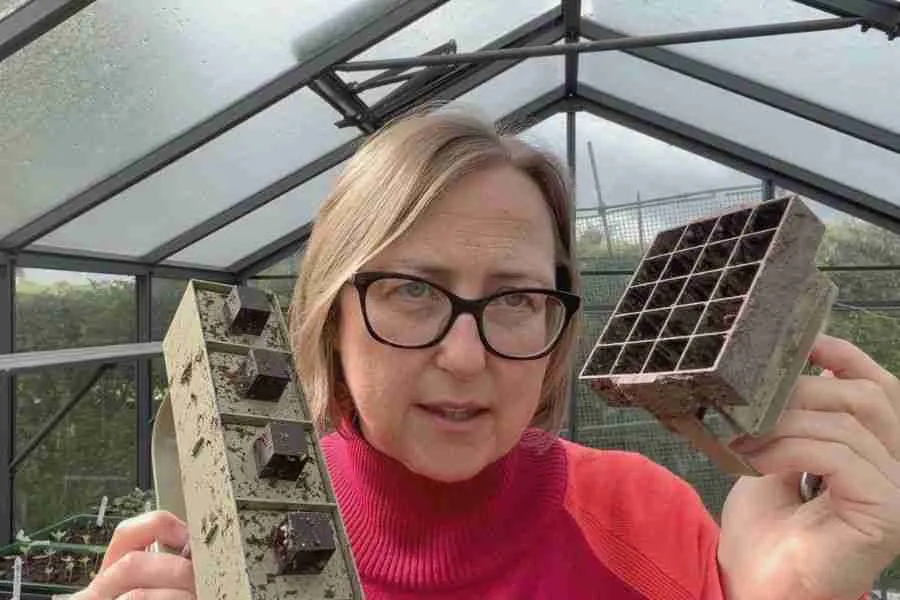
Factors to consider when selecting a soil block size
It’s important to note that selecting the appropriate size of soil blocker is crucial for achieving optimal plant growth. However, it’s not always a one-size-fits-all approach.
When considering soil block size, start with the assumption that you will be using the smallest block size you have unless one of the following essential factors come into play:
1. The size of the seed is too large for the soil block.
Some seeds are simply too big to fit into the tiny soil blocks. A large seed will never germinate and thrive in a soil block that is barely bigger than itself. So when you look at the seeds in the seed packet, a quick and easy decision can be made as to whether the seed size is appropriate for the soil block size you have in front of you.
2. The depth it needs to be sown is nearly as deep as the soil block.
Similarly to the seed size, if the seed sowing depth takes you to near the bottom of the soil block, then sowing this seed in the soil block will be challenging. Whilst the soil block may be large enough to support the seed with enough nutrients once it is germinated, physically planting it could break the soil block, so it may be better to size up the soil block rather than force it into a small soil block.
3. The seedling has an extensive root system.
The final plant size is usually a good indication of root size. Cosmos is a good example of this. It grows long, thin roots that would do better in a bigger soil block, but the seed itself is relatively small. Larger soil blockers are suitable for larger plants with longer rooting systems because they provide more soil volume per plant, giving the seedling enough space for the root to grow as large as it needs.
4. The length of time that the seedlings will be in the block.
Any size soil block, seed tray or pot only has a finite amount of nutrients available, which is why it is often necessary to pot plants into bigger pots or refresh the compost, as the nutrients will be used up over time. Therefore, if you plan on having your seedlings in the soil blocks for an extended period (over a month) and want to avoid putting your seedling into a bigger seed block, then you should increase the size of the soil block to the next size up right at the start.
Some plants may require a larger soil volume despite having smaller root systems. Others may have longer roots but not necessarily need more soil. Understanding the specific needs of your plants and selecting the right soil block size will help ensure healthy growth. But taking the above factors into account will give you a good rule of thumb to get you started in selecting the appropriate soil block size for your plants and ensure optimal growth.
Tips for using soil blockers to optimise plant growth
When using soil blockers to optimise plant growth, there are a few tips to keep in mind.
Firstly, make sure to mix your soil thoroughly and add water until it reaches a consistency similar to wet sand. This will ensure that your soil blocks hold together properly. If you are not having much success try different soil block recipes.
Next, consider using a heat mat to maintain an optimal, consistent soil temperature, especially for plants that require warmer soil to germinate.
It’s also essential to keep your soil blocks moist throughout the germination and growth process. A spray bottle can be used to mist the blocks regularly, but be careful not to overwater and risk drowning the seeds.
Once your seedlings have grown a few leaves, you can transplant them to a larger container or into your garden. Gently remove the soil block from the tray and plant it directly into the soil, making sure to bury it up to the first set of leaves. This will encourage strong root growth and a healthy plant.
By following these tips and using the appropriate soil block size for your plants, you’ll be on your way to successful and optimised plant growth.
By understanding the science behind soil block sizing and choosing the right size for your specific plants, you can give them the space and nutrients they need to thrive. Remember to consider factors such as plant type, growth stage, and environmental conditions when selecting your soil block size. And don’t forget to use our expert tips to optimise your plant growth and create a flourishing garden.
As you embark on your gardening journey, keep in mind that every plant has unique needs, and the right soil block can help you meet them. If you want to know my thoughts on is soil blocking worth it click here.
If you want to find out more about soil blocking here are a few suggested articles:
- What is a soil block and is it the secret to healthy plants
- The surprising effect of different soil blocking mixes
- How to choose the right soil blocker
- Are soil blocks worth it? – Soil block versus seed trays
Happy gardening!

